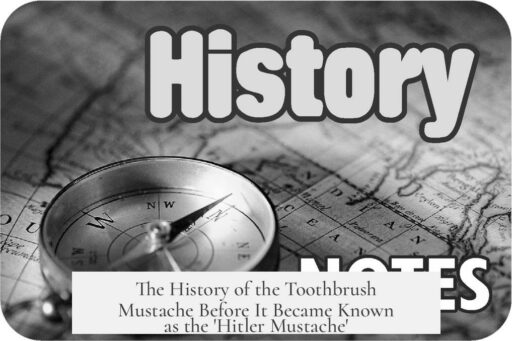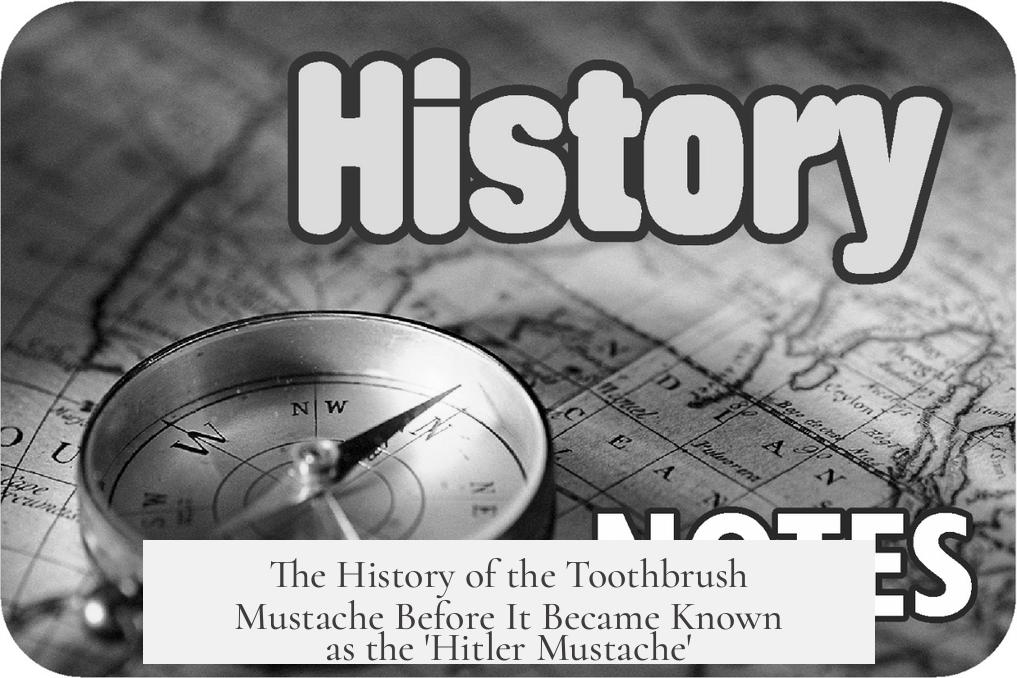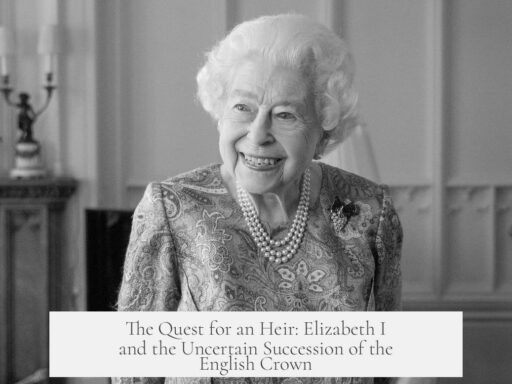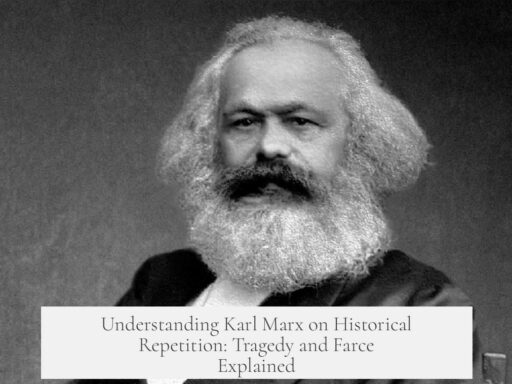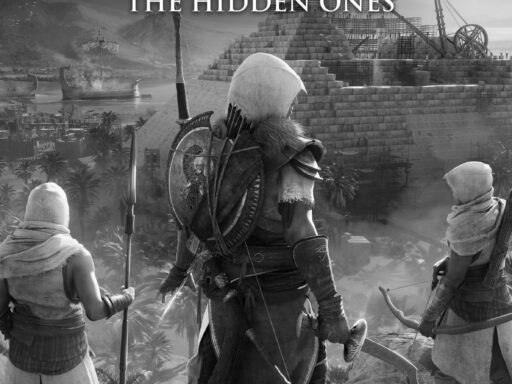The mustache style known today as the “Hitler mustache” was originally called the “toothbrush mustache” before Adolf Hitler adopted it. This style was also popularly known as the “Charlie Chaplin mustache,” named after the famed silent film actor who made it widely recognizable long before Hitler wore it.
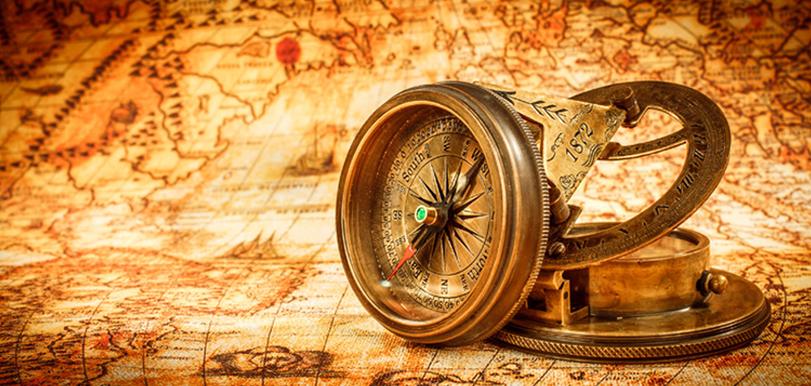
The toothbrush mustache emerged in the late 19th century in the United States. It became fashionable as part of a broader trend toward flamboyant facial hair styles during that era. This narrow, rectangular mustache was seen as a modern, more practical alternative to the large, bushy mustaches that had previously been common.
Charlie Chaplin helped popularize the style on a global scale. His screen character, the Little Tramp, featured this distinct mustache as a signature look. Thanks to Chaplin’s international fame, many people came to associate the toothbrush mustache with comedy and charm, rather than the later negative connotations.
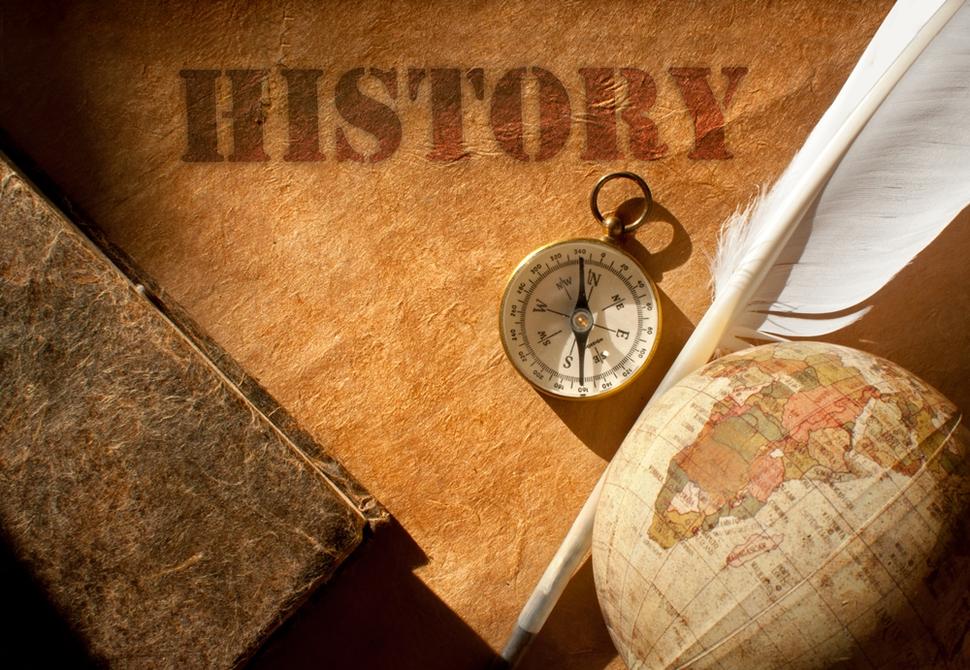
Adolf Hitler adopted the toothbrush mustache sometime after 1914. Various theories exist about why he chose this style. A widely accepted hypothesis suggests that gas mask regulations in the German military required soldiers to keep facial hair short, which may have influenced Hitler’s choice. Unlike Chaplin, Hitler used the mustache as a political trademark, turning it into a symbol of recognition linked to his identity.
Today, the toothbrush mustache is almost exclusively associated with Hitler. However, its origins and initial fame tie back to an earlier period and prominent figures like Charlie Chaplin. The shift in perception of this mustache style highlights how context and historical events can redefine symbols.
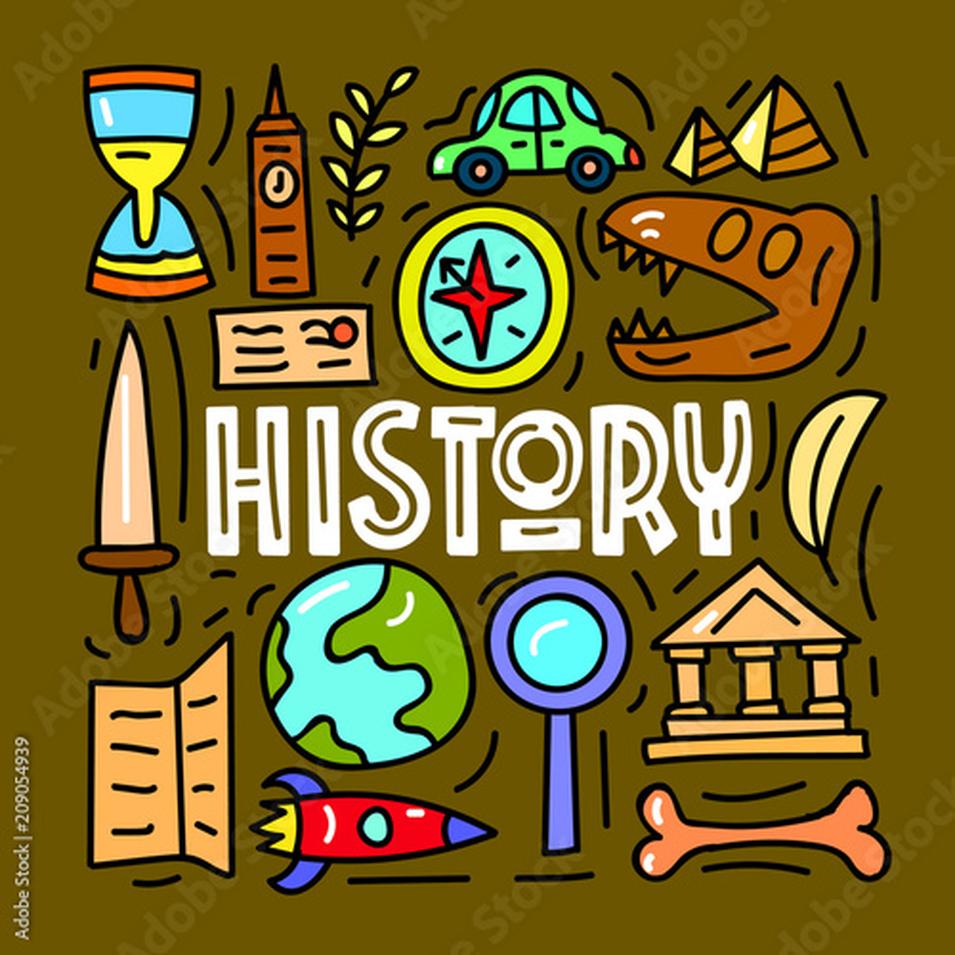
- Originally called the “toothbrush mustache” or “Charlie Chaplin mustache”
- Popularized in late 19th-century America among flamboyant facial hair trends
- Famous for association with Charlie Chaplin before Hitler
- Hitler adopted it post-1914, possibly due to army gas mask rules
- Shifted from a comedic symbol to a political trademark with Hitler’s use
What Was the ‘Hitler Mustache’ Called Before Hitler?
The mustache style known today as the ‘Hitler mustache’ was originally called the toothbrush mustache, and it was also famously associated with Charlie Chaplin long before Adolf Hitler adopted it. But there’s so much more to this little patch of hair than just a notorious dictator’s trademark. Let’s unpack the origins, the cultural significance, and the comedic past of this odd mustache style.
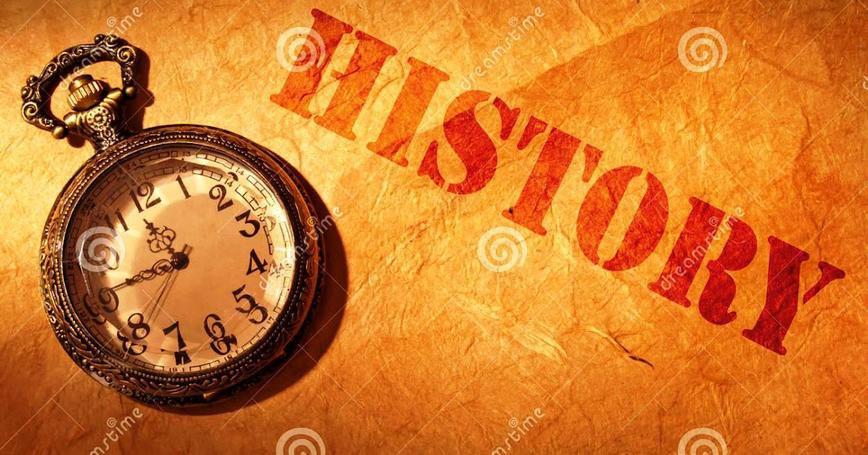
Imagine it’s the late 19th century, a time of bold social and economic change. Men were busy growing facial hair not just for fashion but to send messages about their role in society. Beards shouted maturity and wisdom. Mustaches, however—especially narrow, disciplined ones like the toothbrush mustache—spoke of military order. European armies often required officers, and sometimes enlisted men, to sport mustaches as badges of fierce masculinity and discipline. It wasn’t just about style, it was a signal.
By the 1880s and 1890s, civilian men wanted in on this ‘martial air.’ Wide mustaches grew popular, but the toothbrush mustache carved its niche, mainly in America. It was a small, rectangular patch shaved neatly under the nose that reminded people of a toothbrush’s bristles. Flamboyant? Not quite. Bold, clean, and functional.
Hollywood’s Grooming: Making the Toothbrush Mustache Famous
Now, jump ahead to the early 20th century—the roaring twenties and thirties. Hollywood is booming. Here, mustaches shifted from military uniforms to movie sets. Big screen heroes like Clark Gable and Errol Flynn sported grand, sweeping moustaches that screamed romance and adventure. But the toothbrush mustache? That belonged to someone small but significant in silent cinema—Charlie Chaplin.
Chaplin did not pick this mustache at random. Around 1914, as he crafted his famous “Tramp” character, Chaplin chose the toothbrush mustache deliberately. His goal? To add a touch of humor without hiding his expressive face. Silent films demanded actors show emotion through every facial twitch. Big, bushy mustaches would cover too much. The tiny toothbrush mustache hit the sweet spot, creating a comic, somewhat pathetic look that sharply contrasted the typical dashing hero.
Chaplin’s mustache became iconic, symbolizing comedy and the underdog—the little guy trying to get by. No one imagined that this innocent comedic symbol would later become entangled with something darker.
Hitler’s Trademark: The Mustache with a Different Story
Enter Adolf Hitler, the figure whose name forever changed the public perception of the toothbrush mustache. Hitler adopted this style after 1914, but exactly when—and why—is still debated. One popular theory is practicality: German army regulations required soldiers to shave their facial hair so that gas mask seals would fit properly. The toothbrush mustache was the best compromise that left a distinctive style while adhering to military rules.
Unlike Chaplin’s playful use, Hitler’s choice was a public signifier—a trademark. It was easily recognizable, a symbol of his political brand. Where Chaplin’s mustache evoked sympathy, the same style on Hitler brought fear and association with tyranny.
Why Does the Mustache Have Two Faces?
This dual identity of the toothbrush mustache fascinates many. How can one style be the emblem of both a comedic clown and a dictator? It’s a powerful reminder that context shapes meaning. Before Hitler’s rise, the toothbrush mustache carried no negative connotations. It represented discipline, a bit of flair, and silent film humor.
Curious about how style can switch meanings so wildly? Think about the color red—associated with love and danger alike—context matters!
Practical Tips and Takeaways
- If you’re considering this mustache style today, know it comes with history. It might spark a reaction based on context rather than just looks.
- Understanding the background helps separate fact from stigma. The toothbrush mustache was never born as a symbol of evil—it was Chaplin’s playful creation first.
- Men interested in vintage grooming styles should explore other mustache fashions of the era, like the handlebar or walrus, which avoided controversial symbolism.
More Than Just a Mustache
Facial hair trends reflect cultural shifts—from military discipline to silent comedy to political branding. The toothbrush mustache’s journey tells a story about identity, perception, and power. It’s a tiny rectangle of hair loaded with big history.
So next time you see a photo of the so-called “Hitler mustache,” remember its real name and legacy. It began not with hate but with humor. It danced on movie screens before politics claimed it.
“The toothbrush mustache was Chaplin’s silent comic signature before it became a dictator’s ominous mark.”
Who knew a patch of hair could speak volumes about our past and how symbols change forever based on who wears them?
